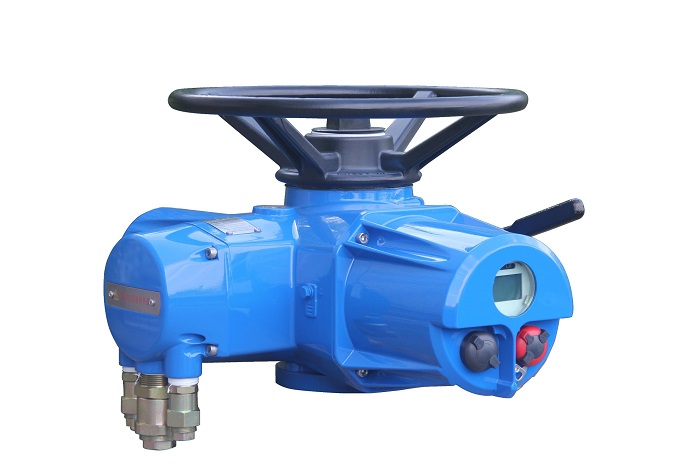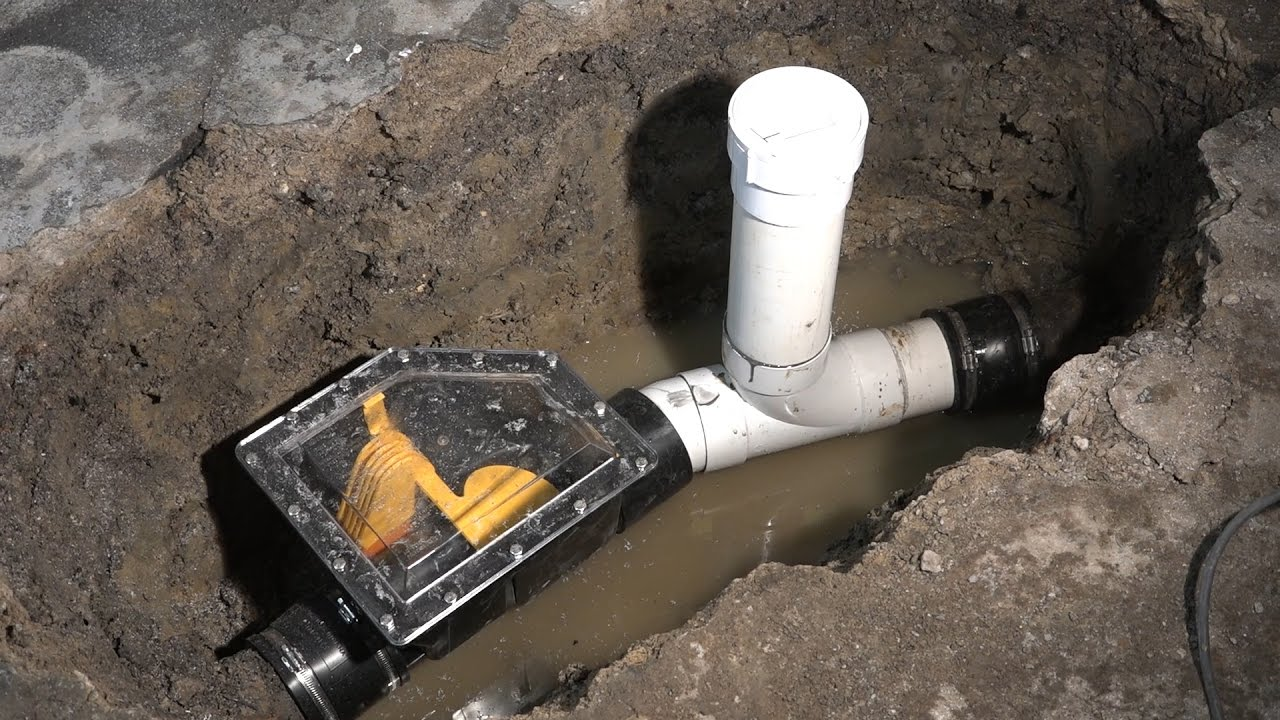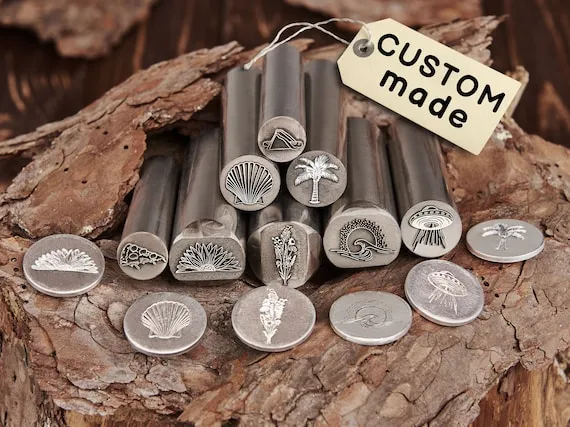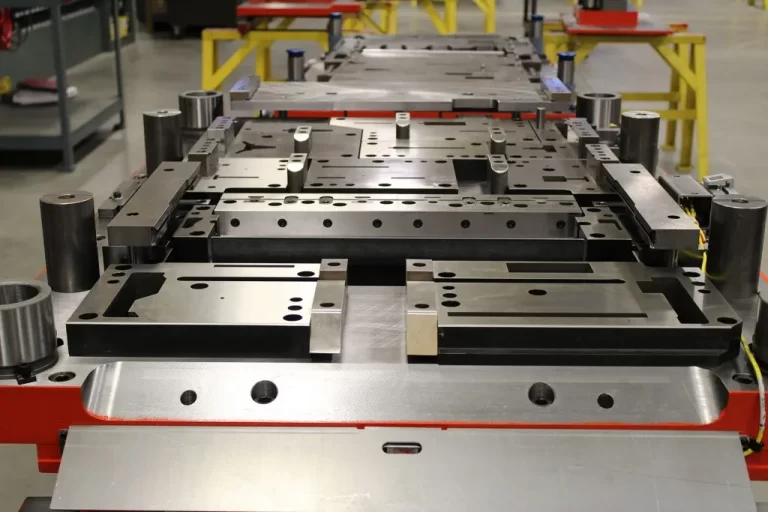Mastering the Table Saw: A Detailed Guide
A table saw is a cornerstone tool in woodworking, revered for its precision and versatility. This guide delves into the key aspects of table saws, from understanding their functionality to choosing the right model, and includes insights into the application of geotextiles in construction.

What is a Table Saw?
A table saw is a power tool with a circular blade mounted on an arbor, driven by an electric motor. The blade protrudes through the table surface, providing stability for cutting. It’s used for making precise rip cuts, crosscuts, miter cuts, and more.
How to Choose the Perfect Table Saw?
Choosing the right table saw depends on several factors:
- Types of Table Saws: Benchtop saws are portable and great for light tasks, contractor saws offer versatility and power, and cabinet saws provide precision for heavy-duty projects.
- Motor Power: Higher power ensures smoother and more accurate cuts, essential for professional results.
- Safety Features: Look for blade guards, riving knives, and anti-kickback devices for safer operation.
- Table Size and Extensions: Larger tables and extensions offer better support for larger materials, enhancing versatility.
Safety Tips for Using a Table Saw
Safety is crucial when operating a table saw:
- Wear Safety Gear: Always use safety glasses and hearing protection, and avoid loose clothing.
- Blade Maintenance: Keep the blade sharp and aligned to prevent kickback and ensure accurate cuts.
- Use Push Sticks: Use push sticks for narrow cuts to keep hands away from the blade.
- Follow Guidelines: Adhere to the manufacturer’s instructions for safe operation and maintenance.
Maintaining Your Table Saw
Proper maintenance is key to optimal performance:
- Clean the Table: Remove sawdust and debris after each use.
- Lubricate Parts: Keep the arbor and other moving parts lubricated.
- Inspect Blades: Regularly check blades for wear and replace them when necessary.
- Check Alignment: Ensure the blade, fence, and miter gauge are correctly aligned.
Cutting Non-Wood Materials with a Table Saw
Table saws can also cut non-wood materials with the right precautions:
- Use the Right Blade: Select blades designed for materials like metal or plastic.
- Adjust Speed: Some saws allow speed adjustments for different materials.
- Safety Precautions: Wear appropriate safety gear to handle debris and sparks safely.
Understanding and maintaining your table saw ensures it remains a vital tool in your workshop, much like geotextiles provide stability in construction projects.




